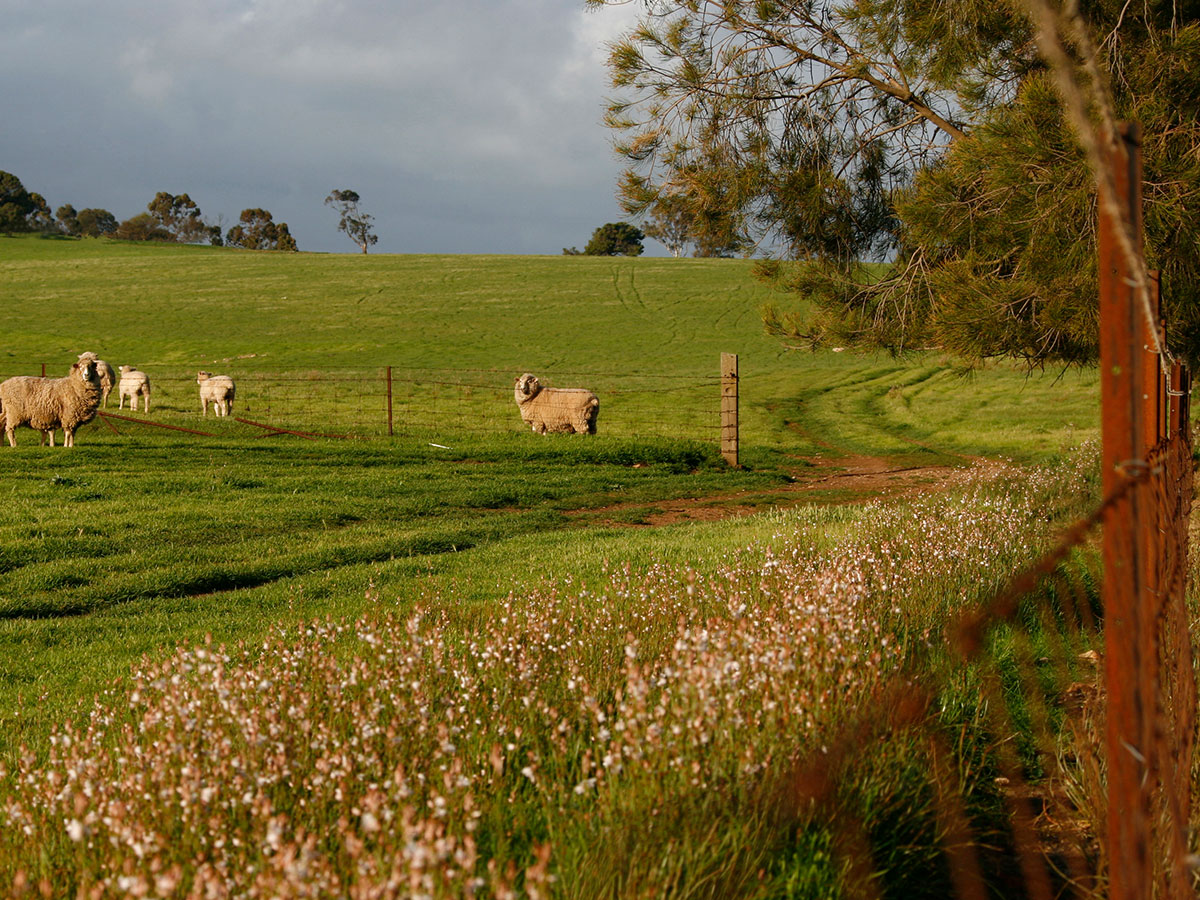Significant rainfall in the past month has been welcomed across many parts of Victoria, however, the relieving rain brings with it great risks for livestock.
Most losses in drought occur after we get a break. The period when animals are transitioned from full feeding back to pasture based nutrition is when most problems are experienced.
It is crucial to closely monitor stock as the risks are increased with the late break. With roughage hard to obtain, it is important to do a roughage or hay budget; prioritising lactating and late pregnant stock. A lack of roughage for pregnant and lactating stock increases the risk of grass tetany, hypocalcaemia and dystocia (calving or lambing difficulties).
Grass tetany is always a risk with autumn calvers, but that risk is increased when coming out of a dry spell or drought. Older cows and those that are malnourished or overweight are more at risk. Fresh green shoots are deficient in Magnesium and high in Potassium; this reduces the ability of cows to obtain sufficient Magnesium. Feeding hay helps to reduce the risk of grass tetany; however, adding 60 grams of Magnesium Oxide (CausMag), per cow, to the hay is one of the most reliable methods of prevention. If it is not possible to feed hay every day, loose licks, containing Magnesium and Calcium, and Magnesium boluses are good alternatives.
Nitrate poisoning and phalaris toxicity are also of concern at this time of year. Nitrates are often at high levels in plants after drought because of the build-up of nitrogen in the soil and pastures. This build up can be dominated by broad leaf weeds like capeweed. On cloudy, cold mornings, when plants are unable to photosynthesise efficiently, nitrates can get to dangerous levels. They also build up with the use of herbicides when spray grazing. Grazing capeweed dominant pastures two weeks after treatment with MCPA can be dangerous.
Make sure sheep and cattle have a full stomach of food before moving them into high risk paddocks on a cloudy morning.
Worms can also be a problem despite the hot and dry start to the year. The recent rains release larvae on masse from the faeces. With stock in light condition and on short pastures, this sudden emergence of larvae can lead to a spike in egg counts; usually measurable 6 weeks after a break.
Probably the greatest risk for ewes is hypocalcaemia. This most commonly occurs in the last three weeks of pregnancy. Keeping the roughage up to pregnant ewes and minimising any time off feed will help reduce the risk. Have a 4 in 1 pouch readily available until you’re past the danger period.
It can be frustrating to nurse stock through the dry only to lose them when the rains come. A little bit of care when introducing stock to new pastures and prioritizing roughage will help minimise any losses.
